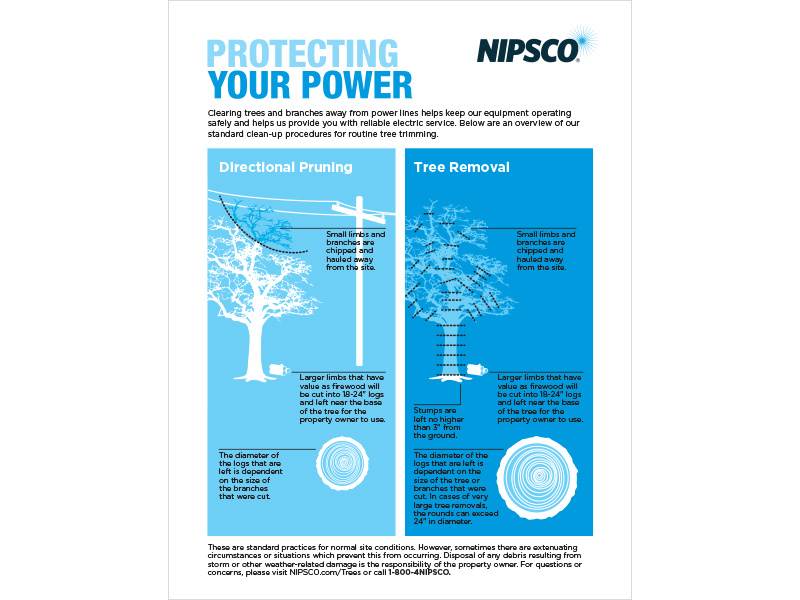Post-Tree Removal Treatment: How To Recover Your Landscape Properly
Post-Tree Removal Treatment: How To Recover Your Landscape Properly
Blog Article
Staff Writer-Tate Als
After a tree's elimination, your landscape may look rather various, and it's important to analyze the results carefully. You'll wish to review the dirt disturbance and inspect surrounding plants for any kind of indicators of stress. Disregarding these factors can lead to bigger issues down the line. So, what should you perform with those stumps and origins? And how do you choose the best plants for your revitalized room? Let's discover these crucial steps.
Examining the Results: Reviewing Your Landscape
After a tree removal, it's vital to evaluate your landscape to understand the impact it has on your yard.
Start by examining the area where the tree stood. Search for signs of soil disruption, and examine the surrounding plants for any kind of stress and anxiety or damage.
You should additionally take note of exactly how the removal has transformed sunlight exposure and air movement in your garden. Trim Palm Tree can impact the growth of close-by plants, so it's vital to evaluate their health.
Think about the aesthetic aspects also; the removal may produce an open space that you can revamp.
Ultimately, think of Trimming Juniper Trees of potential disintegration problems that might arise from the tree's absence. Addressing these factors early will help restore balance to your landscape.
Taking care of Stumps and Origins: Choices for Elimination
Once you have actually examined the results of the tree elimination, you'll likely require to take on the stump and origins left.
You have a couple of alternatives for elimination. One reliable technique is stump grinding, where an expert makes use of a machine to grind the stump down to below ground level. This approach leaves marginal disruption to your landscape.
If you favor a do it yourself technique, you can make use of a mix of excavating and chemical stump removers. Just keep in mind, this procedure can take some time and initiative.
Alternatively, consider leaving the stump as a natural function, which can work as an one-of-a-kind garden element or environment for wildlife.
Whatever you pick, resolving the stump and origins is essential for restoring your landscape.
Choosing the Right Plants for Your New Room
As you analyze your freshly cleared room, picking the right plants can significantly enhance your landscape's beauty and performance.
Start by considering the sunlight and soil problems. For warm areas, go with drought-resistant plants like lavender or succulents. In shaded places, ferns and hostas thrive well.
Think about the size and growth routines of your plants; mix perennials and annuals for seasonal range. Do not neglect to incorporate indigenous types; they need less upkeep and assistance local wild animals.
Team plants in weird numbers for a more all-natural appearance and develop layers for visual depth.
Lastly, guarantee you have a mix of shades and structures to maintain your landscape vibrant throughout the periods.
Satisfied planting!
Verdict
To conclude, restoring your landscape after tree elimination is a fulfilling process. By examining the consequences, dealing with stumps and origins, and choosing the right plants, you'll produce a growing environment. Don't fail to remember to integrate disintegration control procedures to secure your soil. With a little effort and care, you can transform your space right into a dynamic garden that boosts your property. Accept just click the next post to rejuvenate your landscape and take pleasure in the appeal of nature right in your backyard!
